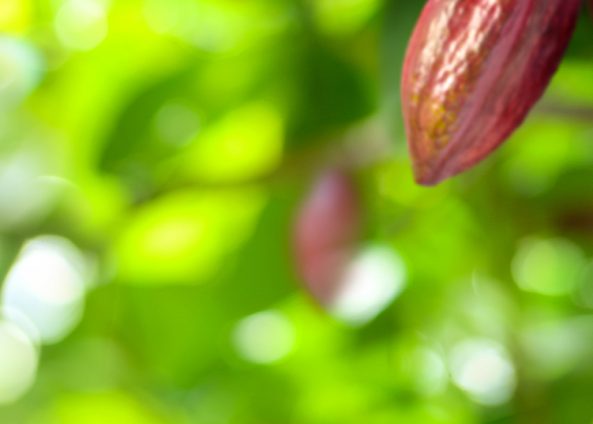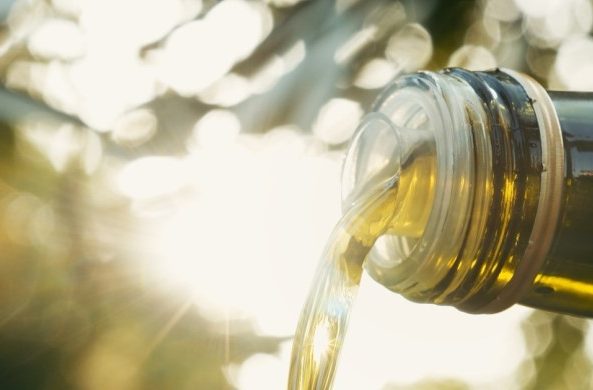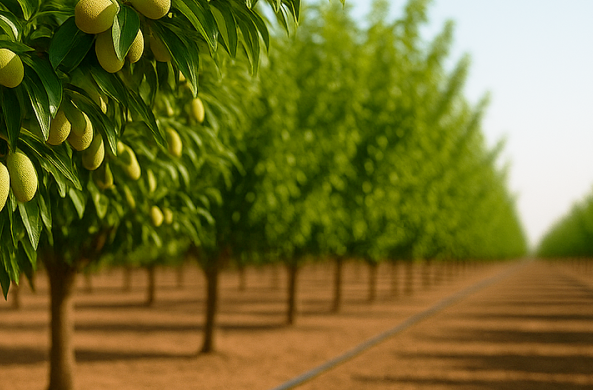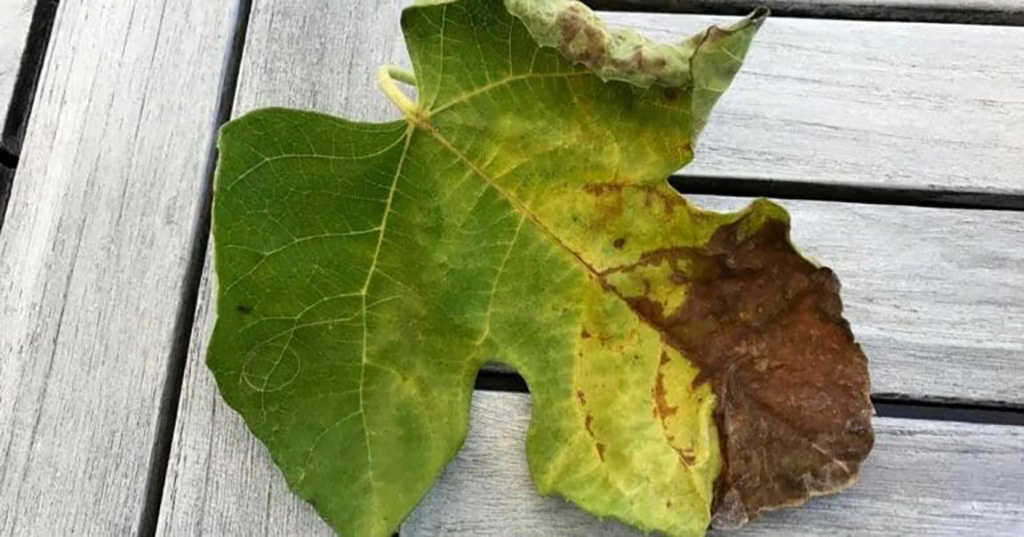
6 Signs You Are Over Fertilizing Your Plants
When it comes to fertilizing plants Mae West’s advice can be deadly. Plants receiving the proper amount of fertilizer respond quickly in growth and look great. The result makes it temping to give them more fertilizer (in dose, frequency or both) and often this is a mistake. Below are six signs you can easily recognize to determine if you are giving your plants too much fertilizer:
- Yellowing and wilting of lower plant leaves.
- Browning of leaf margins and tips.
- Black brown or rotting roots.
- Slow to no growth.
- Leaf drop.
- Crust of fertilizer on soil surface.
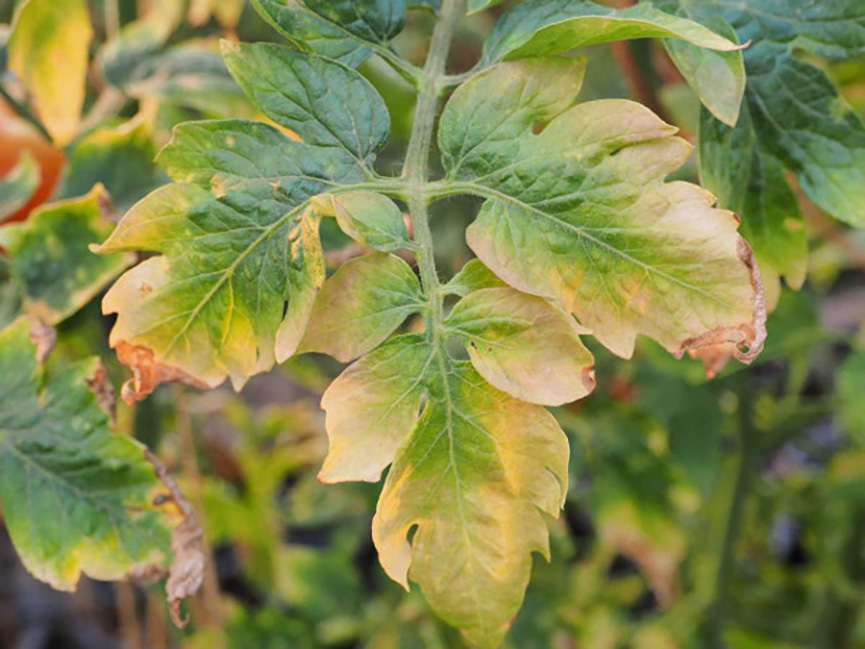
From this article we learn the signs for over fertilizing plants are very similar to overwatering plants. However, the signs of over fertilization will occur quickly after your fertilize. You will also recognize over fertilization because you know you were temped to push the limits. Always read and follow the label directions.
Why Do Plants Need Fertilizer
Plants need to be fertilized because most soil does not provide the essential nutrients required for optimum growth. Even if you are lucky enough to start with great garden soil, as your plants grow, they absorb nutrients and leave the soil less fertile.
What Happens To The Plant When You Over Fertilize
When you add too much fertilizer to the soil plants cannot take up water. Plants rely on an osmotic pressure gradient in order to collect water. When the concentration of dissolved solids rises continuously from the soil around the roots to the core of the root, this causes water to flow into the plant. When the pressure around the roots gets too high the flow of water reverses. This is where the term burning your plants comes from. The water is flowing from the leaves out the roots and the leaves burn because they don’t have water to cool them.
Plants adjust to variations in the level of nutrients around their roots but they do best when the level is consistent. This is one of the main benefits of fertigation. Fertigation provides a little bit of fertilizer each time you water so the level around the root stays consistent. This is much better than occasionally shocking your plants with fertilizer. Plants are just like us. We perform better and feel better when we don’t get to full or too hungry. Moderation is the key for our plants and us.
Too much fertilizer can be bad for the environment. If you add too many nutrients excess fertilizers are leached into our ground water, rivers and oceans. This is a concern for people with a few plants because cumulatively in landscapes the amount adds up quickly. Farmers are concerned too because many use large amounts of nitrogen for their crops.
How To Save An Over Fertilized Plant
When you do get carried away with fertilizer or just have a build up of fertilizer in your potted plants there are some steps you can take to save your plants. Leach the fertilizer out of the soil with a long watering taking the fertilizer out of the root zone or out the bottom of the pot. If there is a crust of fertilizer on the surface of the soil remove it carefully. Don’t take more than ¼ of soil with it. Remove the wilted or and burned leaves. Stop fertilizing and rethink the amount you are using. You have a good chance of saving the plant.
You really don’t have to be a chemist to be a good gardener or grower. However, awareness of how fertilizers impact your plants will improve your success rate.


